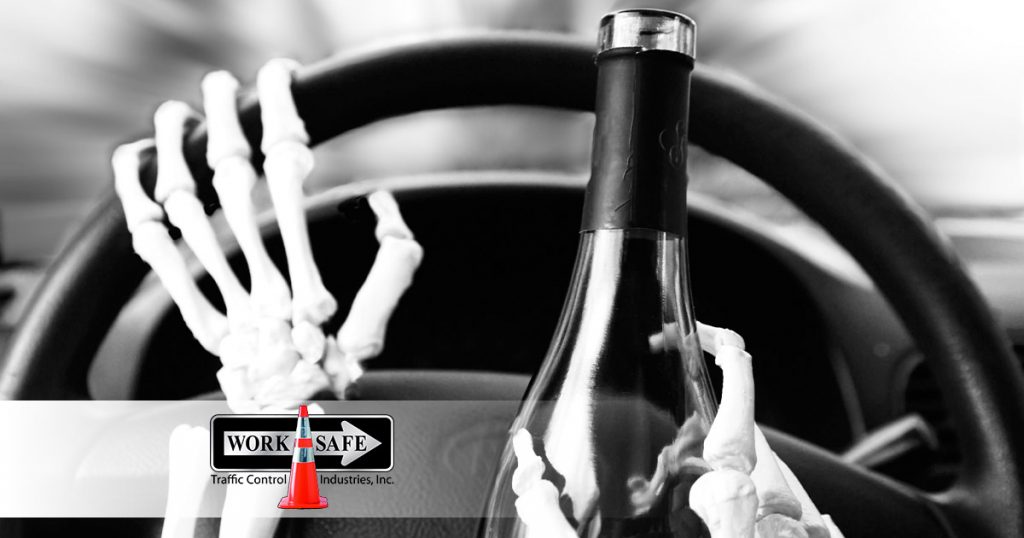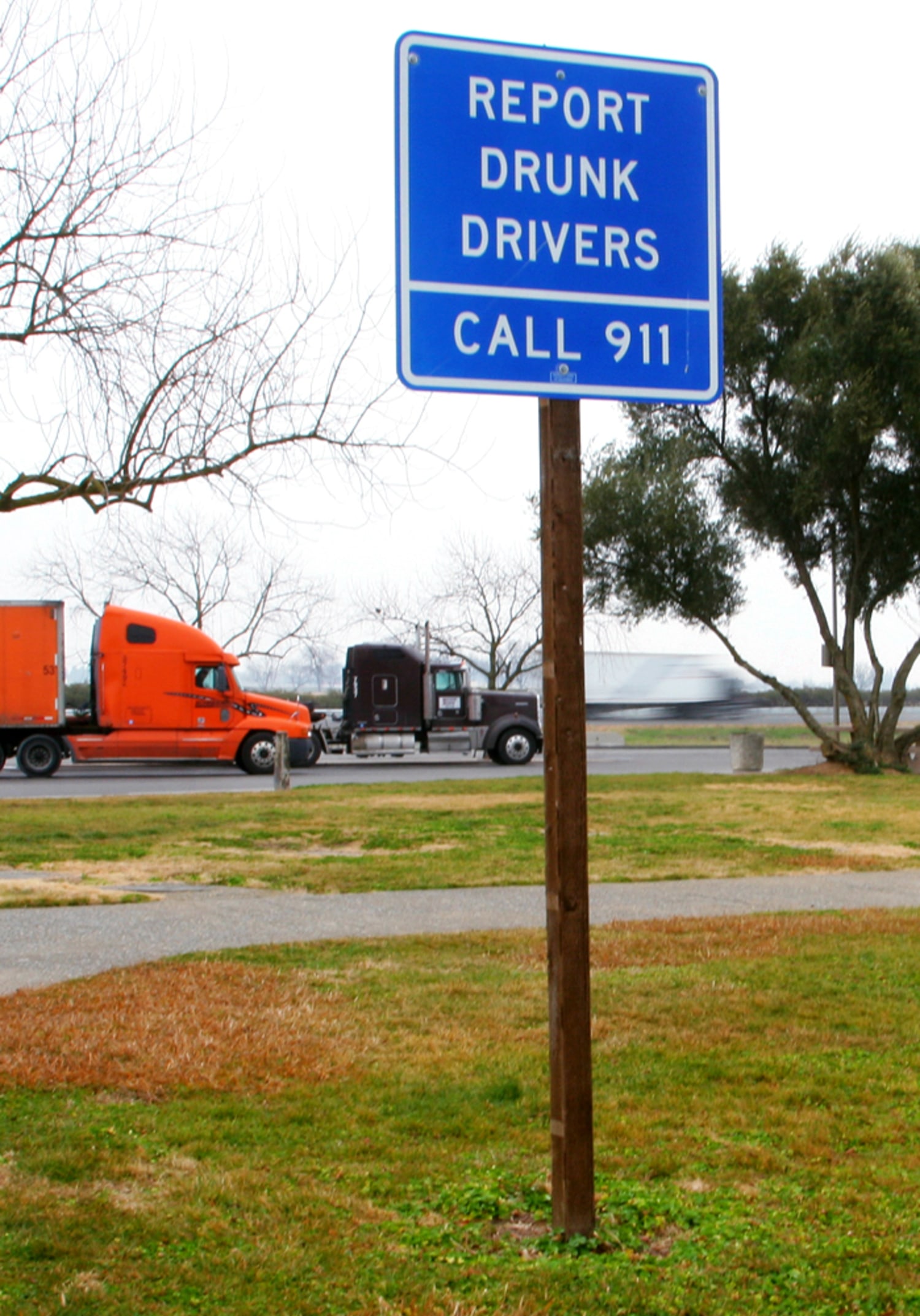

- #Signs of a drunk driver drivers
- #Signs of a drunk driver driver
- #Signs of a drunk driver code
- #Signs of a drunk driver license
Requiring drivers to submit to blood alcohol testing if arrested for drunk driving. Although zero tolerance laws are usually not strictly enforced, they do appear to have some deterrent effect on young drivers. states have enacted laws that prohibit underage drivers from having any measurable level of alcohol in their systems (so-called zero tolerance laws). Reducing the legal limit of per se violations for underage drivers. There is some evidence that this is effective. Some jurisdictions set lower per se intoxication levels for persons who have previously been convicted of drunk driving. Reducing the legal limit of per se intoxication for repeat offenders.
#Signs of a drunk driver code
Code of Federal Regulations 49 CFR 382.201 .ġb. §§ The legal limits are often even lower for drivers of commercial vehicles.
#Signs of a drunk driver license
08.§§ Reducing the legal limit of intoxication and vigorous enforcement of drunk driving laws have been shown to reduce the number of alcohol-related traffic fatalities, especially when combined with administrative license suspensions (see Response 12 ). states set the level of per se intoxication at.

Reducing the legal limit of per se intoxication for adult drivers.
#Signs of a drunk driver driver
Most jurisdictions have enacted laws specifying that certain measurable levels of alcohol are per se violations of the law, irrespective of proof that the alcohol actually impaired the ability of the driver to operate the motor vehicle.ġa. Reducing the legal limit of per se violations. Specific Responses to Reduce Drunk Driving Legislationġ. Responses may work more or less well when applied to high-risk drunk drivers (those who are highly committed to driving while impaired) than when applied to occasional drunk drivers. 31 Legislatures and police agencies commonly implement a combination of responses that are effective in the aggregate, making it difficult or impossible to know which particular responses were effective and which were not. § See Ross (1992) for a comprehensive review of social policy affecting drunk driving.Īs is often the case, a combination of responses is likely to prove more effective than any single response. There is a broad range of social policy changes that can significantly reduce drunk driving-tax policy, urban planning, roadway design, vehicle safety, alcohol advertising, and emergency medical care, among others-but for the most part police can only influence these policies indirectly, through advocacy.§ The responses below are those that police have some capacity to influence directly, at least at the local level. The general trend in social attitudes-at least in the United States, Canada, Europe, Scandinavia, Australia, New Zealand, and Japan-has been toward a lessened tolerance for drinking and driving. And although laws and law enforcement can help change social attitudes, the reverse is much more likely: that is, that changes in social attitudes will lead to stricter laws and law enforcement. General Considerations for an Effective Response Strategyĭrinking and driving is greatly influenced by contemporary social attitudes towards the practice. Do not limit yourself to considering what police can do instead, carefully consider who else in your community shares responsibility for the problem and can help address it. In most cases, an effective strategy will involve implementing several different responses, because law enforcement alone is seldom effective in reducing or eliminating the problem. It is critical that you tailor your response to local circumstances and that you can justify each response based upon reliable analysis.

These strategies are drawn from a variety of studies and police reports several may apply in your community. The following strategies provide a foundation for addressing local drunk driving problems. Once you have analyzed your local problem and established a baseline for measuring effectiveness, you can consider possible responses to the problem. Responses to the Problem of Drunk DrivingĪnalyzing your local drunk driving problem will give you a better understanding of the factors that contribute to it.


 0 kommentar(er)
0 kommentar(er)
